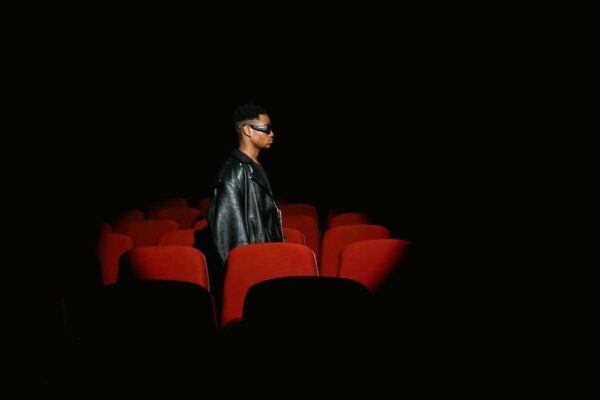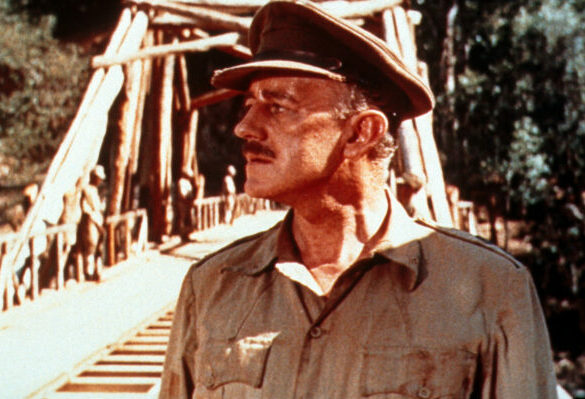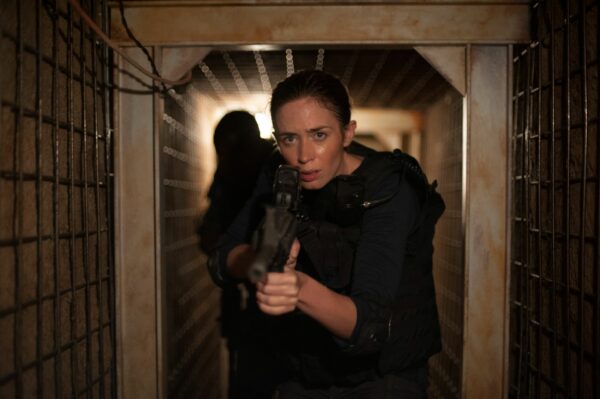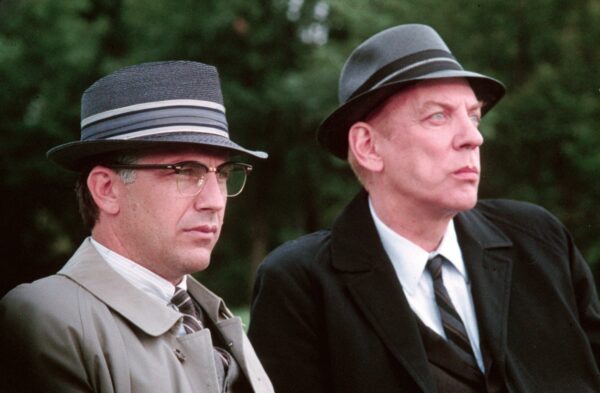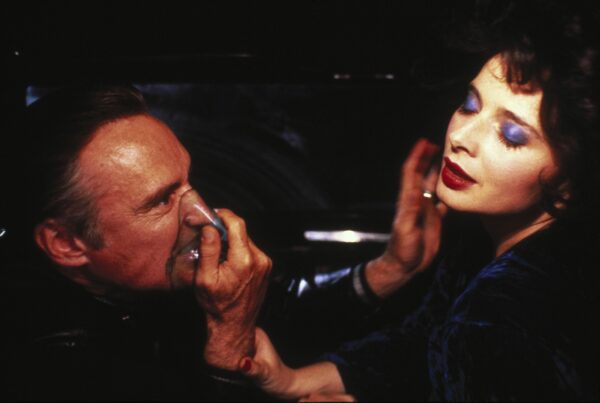
One of the biggest science fiction movies made this century, Christopher Nolan’s inception was an instant classic. Via 21 incredible facts, we’re telling you the story of how it came to be.
Christopher Nolan’s Inception was released in 2010 and became an instant sciece fiction blockbuster classic. With it’s high concept around entering a subject’s subconscious dreams, the family drama at the centre of its story, and huge action set pieces, it cemented Nolan’s position as the most popular event moviemaker in the world. We’ve gone behind the scenes of the film to bring you 21 mindbending facts about how the movie was made.
1. Leonardo DiCaprio plays Cobb, but other actors were considered
Christopher Nolan always wanted DiCaprio to play his main character but, just in case Leo turned it down or was unavailable, he had two other big names in mind – Brad Pitt and Will Smith.
Both fantastic actors but, luckily, Leo said yes, and the rest is history.
2. After Leo said yes, Nolan built the rest of the cast around him
With Leonardo DiCaprio agreeing to play Cobb, Nolan structureed the rest of the team around him. He deliberately didn’t cast any member of Cobb’s team with an actor older than DiCaprio, so as not to make Cobb appear too young.
And for the part of Mal, Cobb’s wife who tragically takes her own life, Nolan originally wanted Kate Winslet. Winslet, though, couldn’t see herself in the role, and said no, so Nolan turned to acclaimed French actress Marion Cotillard instead.
DiCaprio was happy with how things turned out, and said of Cotillard: “She can be strong and vulnerable and hopeful and heartbreaking all in the same moment, which was perfect for all the contradictions of her character”.
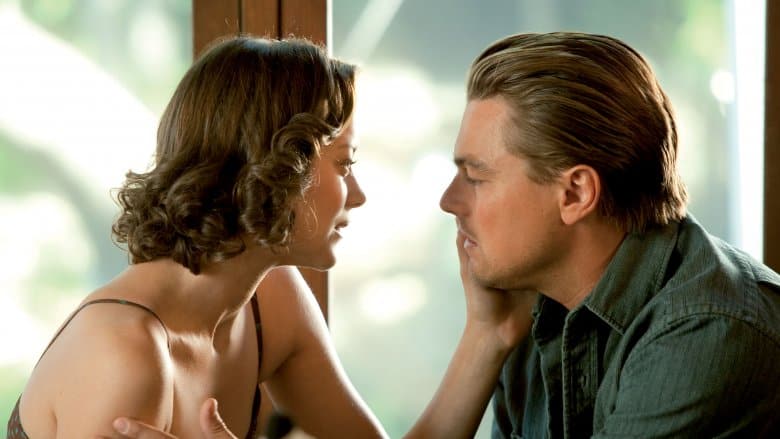
Cotillard and DiCaprio in Inception.
3. DiCaprio wasn’t just an actor on the film
DiCaprio turns in a fantastic performace as Cobb but, even more impressively, he played a major role in shaping the script and improving the character. Nolan said:
“Leo made some extraordinary contributions to the script and really challenged us to make the script clear, and also to follow its logic. The work he did on his character made the movie less of a puzzle and more of a story of a character audiences could relate to.”
Because of diCaprio’s suggestions, Nolan upped the personal drama stakes that surround Cobb around his children, and wanting to get back home.
4. Joseph Gordon-Levitt wasn’t Nolan’s first choice to play Arthur
Before Joseph Gordon-Levitt was cast as point man, Arthur, Nolan was in discussion with James Franco to play the character. Talks fell through, though, when there were scheduling conflicts with 127 hours, which Franco starred in.
When Gordon-Levitt went to audition, he didn’t know anything about the part because Nolan wouldn’t let anybody read the script, but went dressed in a full suit, “just in case”, and unknowingly matched Arthur’s wardrobe perfectly.
5. Elliott Page was not first choice, and read the script in secrecy
Before Elliott Page was hired as Cobb’s dream architect Ariadne, Nolan had a lot of big names in mind.
Evan Rachel Wood, Emily Blunt, Rachel McAdams, Carey Mulligan, and Taylor Swift were all considered.
Page won the part of Ariadne after meeting Christopher Nolan for a coffee that had nothing to do with Inception. Nolan said that they had the “perfect combination of freshness and savvy and maturity beyond their years” that he wanted for Ariadne, so a week later asked them to come to his office to read the script and he offered them the gig. Page said that they had to read the script in a room, alone, with all the doors closed.
6. Ariadne’s name has Greek mythology origins
Ariadne is Cobb’s architect and is brought into the team after she completes the maze challenge Cobb sets her. Fittingly, in Greek mythology, Ariadne was a princess and the daughter of King Minos; she’s the person who helped Theseus escape from the labyrinth and the Minotaur.
To add to this, third maze that Ariadne draws to challenge Cobb is actually based on the labyrinth from Greek mythology.
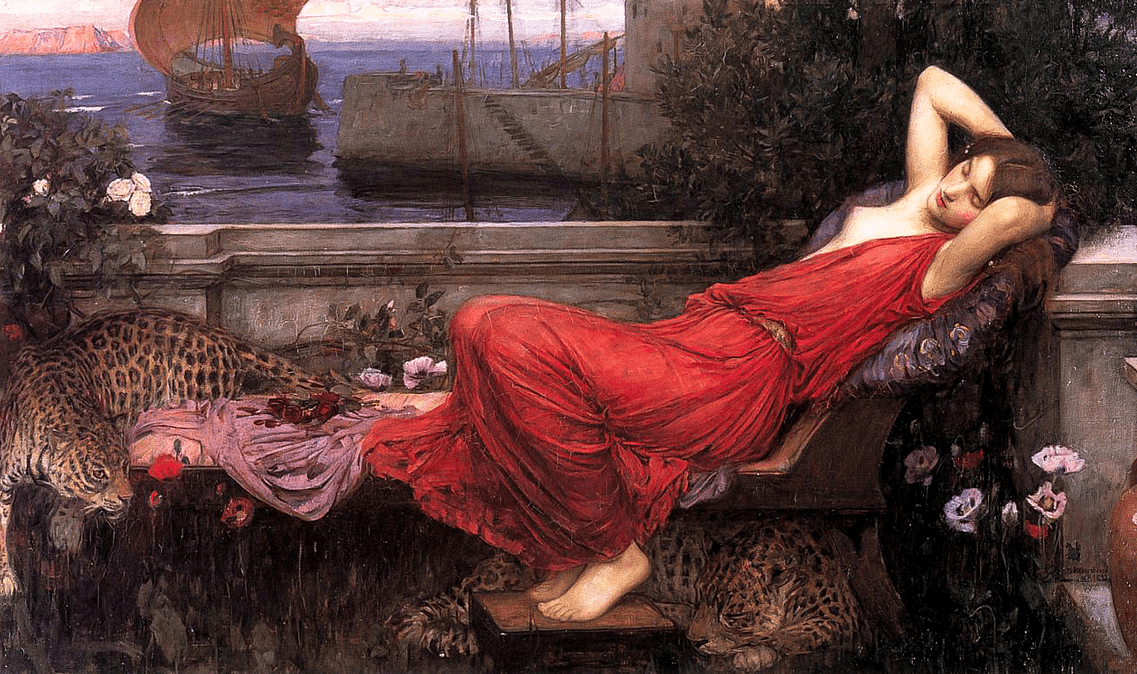
Ariadne of Greek mythology, as depicted by John Wiliam Waterhouse.
7. Tom Hardy misunderstood the reason he’d been cast
Tom Hardy plays the master forger of the group – Eames. Hardy thought he’d been cast because of his performance in biographical crime film Bronson, but it was actually because Nolan had seen him in Guy Ritche’s Rock’N’Rolla. When production started, Hardy constantly referenced Bronson to Nolan until eventually, Nolan said, “to be honest, Tom, I’ve never seen it.”
Hardy’s character, Eames, is named after Charles and Ray Eames, who in the 1950s were a married couple known as furniture designers, architects, and for their avant garde documentaries.
8. Michael Caine has a role, of course
Michael Caine is a miainstay of Nolan films, and Inception is no different. Here, he plays Cobb’s father-in-law, Professor Stephen Miles, a college lecturer. The scene between Cobb and Miles was shot at the Bartlett School of Architecture at University College London, which is where Nolan studied and met his wife – and the Inception producer – Emma Thomas.
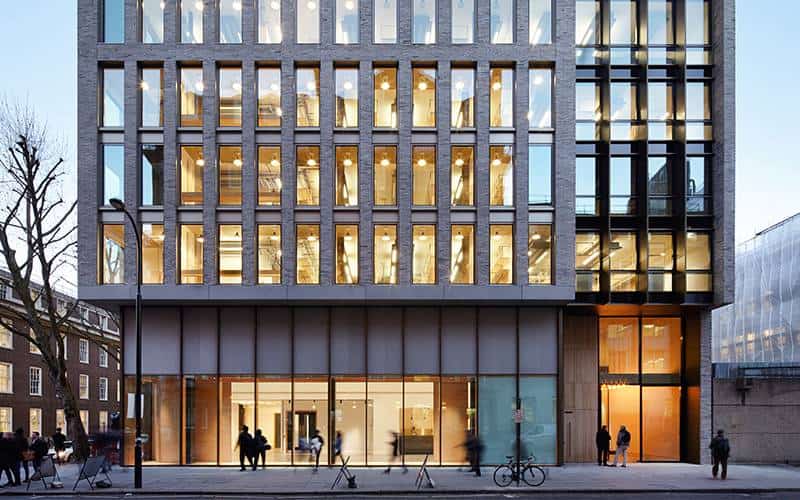
The Bartlett School of Architecture at University College London
9. Nolan had the idea for Inception a long time before it was made
Nolan actually first pitched the idea of Inception to Warner Bros after his third movie, Insomnia, way back in 2002. They loved the idea and gave it the go-ahead on the back of an 80-page treatment Nolan had. He wanted to write the full script first though, to ensure he kept as much creative control as possible, and told them he’d show them a finished spec script in a couple of months. However, plans for writing the script were shelved when Nolan was offered Batman Begins, the movie which changed his career. He kept on going back to the Inception script in between projects like The Prestige and The Dark Knight, and finally gave a finished script to Warners in 2009 which, after the runaway success of The Dark Knight, they greenlit immediately.
10. Nolan wanted a blend of digital and practical effects
Nolan is ane xpert at using visual effects in his movies, and tends to use practical effects wherever possible. Inception has 500 digital effects shots in total, whereas the typical blockbuster from the time would have over 2,000. On this, Nolan himself said:
“It was very important to me that we do as much as possible in camera. And then use technology to enhance that. I think an audience pays much more attention and feels much more involved with that.”
11. The impossible staircase sequence is based on a real illustration
In this scene, where Arthur teaches Ariadne about paradoxes. The steps are based on a print called The Penrose Steps by Dutch artist M.C. Escher, created in the 1960s. Obviously it’s impossible to build an infinite staircase in the real world, so they had to conceive and construct something from scratch that, when shot from a specific angle, created that illusion. Wally Pfister, the DP, played a big part in the creation and he said about building the steps:
“It had to be mathematically perfect. A particular lens at a particular height and distance. And the camera had to drop in a particular way to hide the trickery.”
The Penrose Steps sequence in Inception
12. Nolan’s attention to detail is second to none
Level 1 in the dream sequence is the rain-denched street where we see a runaway train smashing through parked cars. To achieve this, Nolan had a train chassis put onto the engine of a tractor trailer. A great touch is that the state motto on all the car license plates says “The Alternate State.”
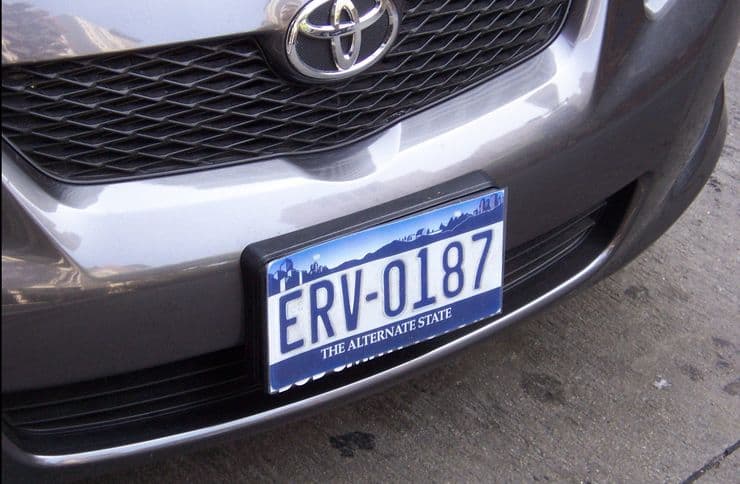
13. The revolving corridor fight was a big undertaking
The fight that takes place in the revolving hotel corridor featuring Joseph Gordon-Levitt took a huge amount of work to pull off. Filmed in two enormous airship sheds in Bedfordshire, England, the revolving set was originally going to be 40 feet long but, as the scene became more and more elaborate, Nolan decided to make it 100 feet long. The mechanics of the set was mapped out by Wally Pfister (the DP), Chris Corbould (Effects Supervisor), and Guy Hendrix Dyas (Production Designer). The set they built rotated a full 360 degrees and they could control the direction it rotated and how fast it rotated. Nolan didn’t want any digital effects if possible, so even the lights were real and rigged up with electricity.
Then, a second set was created. This new set was identical to the first in every way, except the corridor was vertical. So, in this vertical set, Joseph Gordon-Levitt and the stuntmen he was fighting were suspended from pulleys about 40ft in the air, to create the look of weightlessness. The moments the actors are fighting and moving up the walls and around the ceiling is all shot on the revolving set. And the times where they’re weightless – or appear to be weightless – is on the second, vertical, set.
Nolan then cut the sequence between shots from both sets, which is why the points of gravity seem to change from one second to the next and why it’s impossible to make sense of it.
The astonishing corridor sequence in Inception
14. Joseph Gordon-Levitt put in a lot of work preparing for the role
Without any formal stunt work under his belt previously, Joseph Gordon-Levitt trained for 12 weeks beforehand and almost everything we see in this sequence is actually him, and not a stunt person. Gordon-Levitt’s stuntman was used for just one shot, which is about 1 second of screen time.
Gordon-Levitt said filming the scene was, “the most pain I’ve ever been in on a movie set.” And also, to allow him to keep attuned with the rhythm of the set as it was revolving around him, he would sing Bach in his head to keep focused.
15. Inception is a film about filmmaking
When creating Cobb’s team and the roles they play, Nolan relied on the creative team he knows – the filmmaking crew. So, the roles each character plays within the team reflects the roles you would have within a moviemaking team.
- Cobb is the director – the one with the vision and grand plan.
- Arthur is the producer. As the Point Man, he does all the planning and research and pulls everything together to make sure the team can achieve Cobb’s plan.
- Ariadne is the production designer. As the Architect, she creates the worlds where everything takes place.
- Eames is the actor. As the Forger, he impersonates people and literally puts on an act.
- Saito is the studio. The money man who finances everything and is ultimately the boss.
- Fischer (Cillian Murphy) is the audience. Everything is created to be observed by him
16. The character names have meaning too
We mentioned Ariadne and Eames, the other character’s are named for specific reasons too.
- Cobb’s first name is Dom, and his main objective is to get home. In most Slavic languages – Polish, Russian, Serbian, Croation etc – ‘dom’ means ‘home’.
- Yusuf (Dileep Rao) is the chemist who provides Cobb with the seative he needs. The Arabic name for Joseph. In the Bible, Joseph is the person who interprets peoples dreams. As in, Joseph and His Amazing Technicolor Dreamcoat.
- Mal comes from a French word -malheur -which means ‘unhappiness’.
Further to this, if you take the first letters of the main characters’ names: Dom, Robert, Eames, Arthur, Mal and Saito, they spell “Dreams”. If you add Peter, Ariadne, and Yusuf, the whole makes “Dreams Pay”, which they do, for a mind thief.
17. A number sequence crops up throughout the film
The numbers that Fischer gives to Cobb when he asks for the safe combination – 528 491 – come up time and time again: the phone number that Eames gives to Cobb; the two rooms the team are in in the hotel are 528 and 491; and, as a hex number, 528491 produces a cyan-like colour that is used throughout the film too.
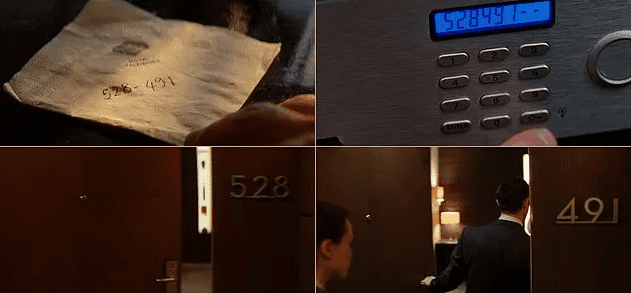
18. A classic French song plays a significant part in the movie
Inception has several themes – among them, memories, regret, and moving on from regret. This is why Edith Piaf’s 1960 classic Non, je ne regrette rien is used by Nolan. It shares those same themes.
There’s a classic Nolan touch here as well. Non, je ne regrette rien is 2 minutes 28 seconds long, and Inception is 2 hours 28 minutes long. Nolan edited the film so the length reflected the song.
Nolan actually almost removed the song from the movie after he had some doubts about how it would fit, but he was convinced to keep it by comopser Hans Zimmer. And, knowing that Nolan was using the song, and knowing that time moves at different speeds depending on which dream level we’re in, Zimmer based various pieces of music in Inception on how Non, je ne regrette rien sounds played at slower speeds.
Non, Je Ne Regrette Rien slowed down alongside Zimmer’s Inception score.
19. Destroying the hospital caused some problems
The hospital we see on Dream Level 3 was a huge set built specifically for the movie. So they built the hospital as a real set on a mountainside in Alberta in Canada, and also as a 20ft scale model. And the moment the hospital is destroyed, Nolan blew up the set, but wasn’t happy with how it looked. So, he blew up the miniature. And Nolan still wasn’t happy with how it looked So they built an entirely new 20ft model just so they could blow it up. And Nolan was happy with the third attempt.
20. That final shot
The final shot of Inception is one of the most talked about in movies. Cobb returns home to his family and all seems well, until the camera pans to his spinning top – Cobb’s totem that signifies if he’s in a dream – and cuts to black before we have chance to see if it falls or not. So, we’re left in doubt whether Cobb has returned home, or is still dreaming.
Nolan said:
“I’ve been asked the question more times than I’ve ever been asked any other question about any other film… What’s funny to me is that people really do expect me to answer it.”
Nolan will never tell us, but Michael Caine said: “When I got the script of Inception, I was a bit puzzled by it and I said to Chris ‘When is it the dream, and when is it reality?’ He said, ‘Well, when you’re in the scene, it’s reality.’ So get that, if I’m in it, it’s reality. If I’m not in it, it’s a dream.”
Miles is in the final scene. So, if what Caine says is true, Cobb is in reality.
21. The trailer has different music to the film
When the trailer was need to promote the film, Hans Zimmer hadn’t yet written the score – so Warner Bros had some original music composed just for the trailer. That music is called Mind Heist and was written by a composer called Zack Hemsey. It went down so well that it went viral and thousands of mashups appeared online where people had laid the score over other classic trailers.
So, there you have it – the making of Inception by way of some mind-stealing facts. Or, listen to our podcast on Inception, here.


